50 F. high in the Twin Cities Thursday.
51 F. average high on Halloween.
52 F. high on October 31, 2012.
Trace of rain fell yesterday at MSP.
3" rain fell in the Twin Cities during October, .57" wetter than average.
October 31 in Minnesota Weather History (courtesy of the Twin Cities National Weather Service):
2000:
An F1 tornado touched down on a farm east of Prinsburg in Kandiyohi
County destroying a small storage shed. It also tipped another shed on
its side, and ripped off a portion of the roof of a third shed.
1999:
High winds were reported in central Minnesota. The St. Cloud State
University Meteorology Department in Stearns county recorded a 65 mph
gust. Morris AWOS in Stevens county, posted a 62 mph gust and Willmar
AWOS in Kandiyohi county recorded a 59 mph gust. Area wide sustained
winds of 40 mph occurred, with gusts in the 45 to 50 mph range.
1991:
Classes were canceled across the state due to the Halloween Blizzard.
Three foot drifts across I-94 from the Twin Cities to St. Cloud.
November Preview
Ah,
November. A tweener-month: not quite autumn - almost winter -
perpetually gray. November & December are virtually tied for the
honor of cloudiest month of the year (average of 18.1 cloudy
days/month).
Put your sunglasses away.
Expect a couple more
weeks of rain storms, but snow will be the precipitation of choice the
latter half of November. This month sees an average of three 1-inch-plus
snows, one 3-inch-plus shellacking, according to
NOAA.
I don’t see any accumulating snow here through November 11, in fact
NOAA NCEP’s CFS (Climate Forecast System) model, which goes out 45 days,
prints out very little snow the entire month of November, with an
arctic smack a few days before Thanksgiving. Let's see if there's any
skill to this model; I have my doubts.
A cloud-cluttered Friday gives way to weekend sunshine; gusty winds and 50s by Sunday afternoon.
More
rain pushes in late Monday into Tuesday as highs reach the 40s to near
50 early next week. The lowest mile of the atmosphere should be warm
enough for rain Tuesday; snow mixing in Red River Valley. Not quite
Indian Summer, but nothing Nanook either, the next 2 weeks.
And if you do see a rare sunshine sighting consider yourself blessed.
* photo above courtesy of Birch Leaf Photography.
Seasonably Mild Start To November.
NOAA CPC's 6-10 Day Temperature Outlook shows a mild bias over the
eastern half of the USA, colder weather likely out west. The largest
temperature anomalies will come over the Southeast into the second week
of November. Source:
Ham Weather.
No Severe Drought, But Still Too Dry.
October brought 3" of rain to the Twin Cities, about .57" wetter than
average, a step in the right direction, but not enough to pull much of
central and southern Minnesota out of moderate drought. The good news:
no severe drought showing up anymore across the state. Source:
U.S. Drought Monitor.
No Drama.
A chilly Friday (only a few degrees cooler than average) gives way to a
slight warming trend over the weekend, low 50s possible by Monday and
Tuesday as another southern storm spreads rain into Minnesota. We cool
off slightly by the middle of next week, then warm back up by the end of
next week. Graph: Weatherspark.
Stormy Ejections.
A full latitude trough setting up over the western USA will eject a
series of storms across the Plains into the Midwest and Great Lakes next
week, the atmosphere warm enough for rain. No signs of anything Arctic
just yet. GFS surface pressure and 10-meter wind speeds courtesy of NOAA
and Ham Weather.
The Myriad Impacts Of Sandy Along The East Coast. Climate Central has a very effective
interactive display that allows you to see the level of destruction at various points along the Eastern Seaboard: "
Sandy hit the Northeast the hardest, but the storm's impacts stretched from North Carolina to the Great Lakes. Roll over the markers above to see the diverse weather the storm brought to the region."
One Year After Sandy, Many Coastlines Are Still Vulnerable To Storm Surges (Infographic). Huffington Post
has an effective explainer and infographic focused on storm surge risk.
Intensity (and diameter) of the storm, coupled with bathymetric data,
the slope of the land just offshore, is a better predictor of storm
surge height than hurricane wind speed (or category). Here's an excerpt:
"
Are Baltimore and Biloxi the next New York City and Jersey Shore? Maybe. A new report from Risk Management Solutions outlines the threats faced by low-lying coastal cities in an age where superstorms may become the new normal.
The group analyzed 100-year surge loss for 12 different coastal cities
and found that Baltimore, Md. and Biloxi, Miss. were among the most
vulnerable cities should another Sandy-like
storm strike the U.S., while Miami, Fla. and North Carolina's Outer
Banks were actually in a low-risk region, contrary to popular belief..."
Five Things Hurricane Sandy Changed For Good. Here's an excerpt of a good summary from
LiveScience:
2. Barrier islands shift
Barrier
islands are the long, thin offshore islands that help protect the
mainland from a powerful beating by storms. Superstorm Sandy pummeled
barrier islands in New York and New Jersey. New York's Fire Island lost more than half of its beach and dune sand.
In Mantoloking, N.J. (a borough of Ocean County, N.J.), almost the
entire dune vanished from the borough's barrier island. Waves also
breached, or cut through, islands in both states.
3. Flood evacuation zones
Drowning
poses the highest risk of death during hurricanes. New evacuation zones
in New York City and new storm-surge maps for the Atlantic and Gulf
coasts will help save lives in the next storm..."
Photo credit above: "
This image shows Hurricane Sandy degris and parts of destroyed houses in Breezy Point on Nov. 12, 2012 in Queens, N.Y." Credit: MISHELLA, Shutterstock.com.
 Hurricane Sandy's Toll On Health
Hurricane Sandy's Toll On Health.
Beyond the damage and dislocation, residents of the East Coast in the
path of Sandy are still dealing with some of the emotional tolls of this
unprecedented storm. Here's an excerpt from
CBS News: "...
Although
some 70 million people, across eight nations, were in the path of the
storm, their experiences were very different depending on where they
lived, said James Shultz, director of the Center for Disaster &
Extreme Event Preparedness (DEEP Center) at the University of Miami
School of Medicine. "It wasn't a one-size-fits-all storm; it was a very,
very complex set of exposures," Shultz said. However, a
Gallup-Healthways poll conducted in January this year provides some idea
of the storm's mental-health impact. The poll found that among adults
living in the most affected ZIP codes in New York, New Jersey and
Connecticut, there was a 25 percent increase in diagnoses of depression in the six weeks following the storm. That translates to about 540,000 new diagnoses of depression..."
File photo credit: Alex Brandon, Associated Press.
Over A Trillions Dollars Of U.S. Property At Risk From Storm Surge Flooding? CoreLogic has an
exhaustive look at the risk of storm surge flooding from tropical systems. Here's an excerpt of that 44 page (PDF) report: "
Based
on the 2013 storm surge analysis, the total value of all residential
structures in the U.S. that are exposed to damage from hurricane-driven
storm surge has reached more than $1.1 trillion. It's important to note
that the methadology used for this year's report features enhanced
valuation data, which provides greater accuracy. The damage estimation,
which takes into consideration worst-case scenario conditions,
represents the total value of all homes susceptible to a maximum surge
event, and is not meant to suggest that all properties would be affected
as a result of one single storm or that the full value of all
properties would be lost to storm-surge destruction. There is no
likelihood that a single storm, or even a single storm season, would
damage or destroy every home in the U.S. located in a designated risk
zone..."
Rising Sea Level And Coastal Risk.
Of all the potential impacts of a slowly warming atmosphere (and ocean)
the one that may ultimately impact the most Americans is rising sea
level. As water warms it expands and rises, and storms superimposed on
those rising seas will trigger more coastal flooding in the years to
come. Sandy was just a shot across the bow. In today's 2:30
Climate Matters segment I take a look at the CoreLogic findings and talk about natural ways to combat rising seas: "
In
the wake of Superstorm Sandy, WeatherNation Chief Meteorologist looks
at projected sea level rise over the next century and who is most at
risk for storm surge."
China's Clean Air Drive Likely To Take A Long Time.
The New York Times has the story - here's a clip: "...
But
China’s pollution, while extremely severe, is not unique, and efforts
by other countries, like Britain and the United States, to conquer dirty
air may hold lessons for China’s future. The Chinese government is
working on the problem and recently announced new limits on pollutants
along with a promise of increased monitoring. Public awareness has
spiked, a necessary step toward ending the crisis. But the overriding
message from other nations is a discouraging one: Serious change can
take decades, especially when pollution is a byproduct of economic
growth. The classic example is London. Persistent pollution problems
caused by industrialization culminated in a 1952 disaster known as the
Great Smog..."
Photo credit above: "
A Chinese man
covers his nose and mouth as he walks on the street during a day of
heavy pollution in Harbin in northeast China's Heilongjiang province
Monday Oct. 21, 2013. Visibility shrank to less than half a football
field and small-particle pollution soared to a record 40 times higher
than an international safety standard in the northern Chinese city as
the region entered its high-smog season." (AP Photo).
Let There Be Light! Thanks To Large Mirrors, Winter Sun Finally Shines On Norwegian Town. And I thought I was sun-starved. The solution: giant mirrors? Huh. Here's an excerpt of a story from AP and
The Star Tribune: "
Residents
of the small Norwegian town of Rjukan have finally seen the light.
Tucked in between steep mountains, the town is normally shrouded in
shadow for almost six months a year, with residents having to catch a
cable car to the top of a nearby precipice to get a fix of midday
vitamin D. But on Wednesday faint rays from the winter sun for the first
time reached the town's market square, thanks to three 183-square-foot
(17-square-meter) mirrors placed on a mountain. Cheering families, some
on sun loungers, drinking cocktails and waving Norwegian flags, donned
shades as the sun crept from behind a cloud to hit the mirrors and
reflect down onto the faces of delighted children below..."
Photo credit above: "People gather on a spot in front of the town hall of Rjukan, Norway." Tore Meek, Associated Press.
StarChase Tech Lets Police Shoot Fugitive Cars With GPS Tags. Now here's an interesting idea - I'd love to have this for the aggressive drivers who cut me off on 494.
Gizmag.com has the details: "
Police
car chases are extremely dangerous, not only for the officers involved,
but also for any innocent passers-by whom the feeing car crashes into.
The StarChase system, however, is designed to make those chases safer.
Instead of pursuing fugitive vehicles, police can just shoot them with
GPS tags. At the heart of the system is a compressed-air cannon and a
laser sighting system, installed in the front grille of a police car..."
For A Longer Life You Might Try Mowing The Lawn. No time soon, mind you, or your neighbors will stare. Here's a clip from
NPR: "
We
all know we're supposed to exercise daily, but precious few of us do.
And it only seems to get harder with age. There's a reason to try
harder, though. Tacking more years of good health on to your life may be
as simple as mowing the lawn more often and engaging in other everyday
physical activities. Researchers in Sweden measured the health of almost
4,000 60-year-olds in the late 1990s. A dozen years later, they checked
back in. The people who had been active but not "exercising" at age 60
had a 27 percent lower risk of heart attack and stroke over that time,
and a 30 percent lower risk of death..."
Drones Delivering Pizza? Venture Capitalists Wager On It.
The military (accidently) brought us everything from GPS to the
Internet, why not have a Fed Ex drone drop a package on your front
doorstep? Here's a clip from
Bloomberg: "
Commercial
drones will soon be populating U.S. airspace, and venture capitalists
like Tim Draper are placing their bets. Draper, an early investor in
Hotmail, Skype and Baidu Inc., is now backing DroneDeploy,
a startup that’s building software to direct unmanned aircraft on land
mapping and the surveillance of agricultural fields. Draper even expects
drones to one day bring him dinner. “Drones hold the promise of
companies anticipating our every need and delivering without human
involvement,” Draper, 55, wrote in an e-mail. “Everything from pizza
delivery to personal shopping can be handled by drones...” (Image credit above:
CNN).
Now, A Kiss Isn't Just A Kiss. It's waaay too early in the day for this, but here goes, a clip from
The New York Times: "...
That
may be because for these individuals, kissing turns out to be a quick,
easy way to sample a partner’s suitability — a subconscious stop-go
light. For them, “The Shoop Shoop Song (It’s in His Kiss)”
might not be far off the mark. After that first kiss, these types are
much more likely than other subjects to change their minds about a
potential partner, researchers found. If it’s not in his kiss, forget
about him..."
Why So Many Icelanders Still Believe In Invisible Elves.
As opposed to visible elves? Hey, who are we to judge. Those elves can
wreak havoc with some of my weather forecasts, too. Here's a clip from
The Atlantic: "...
Though
Jonsdottir's belief in elves may sound extreme, it is fairly common for
Icelanders to at least entertain the possibility of their existence. In
one 1998 survey, 54.4 percent of Icelanders said they believed in the
existence of elves..."
Photo credit above: "
A painted "elf door" leans against rocks near the Icelandic town of Selfos." (Bob Strong/Reuters).
TODAY: Mostly cloudy & cool. Winds: NW 10-15. High: 49
FRIDAY NIGHT: Partial clearing. Low: 36
SATURDAY: Partly sunny, "fall back 1 hour" late Saturday night. High: 47
SUNDAY: Fading sun, windy and milder. Wake-up: 32. High: 52
MONDAY: Dry start, wet finish as rain develops. Still mild. Wake-up: 45. High: near 50
TUESDAY: Cold rain. Wet snow Red River Valley? Wake-up: 39. High: 46
WEDNESDAY: Partial clearing, jacket-worthy. Wake-up: 34. High: 41
THURSDAY: Chilly, intervals of sun. Wake-up: 28. High: 42
Climate Stories....
10,000 Year Study Shows Oceans Warming Fast, But From A Cool Baseline. Andrew Revkin at
The New York Time's Dot Earth Blog has the post; here's an excerpt: "...
The
study finds that the rise in ocean heat (and temperature) in recent
decades is far faster than anything seen earlier in the Holocene, the
period since the end of the last ice age. But the researchers say that
this rise is from a relatively cool baseline. Between 10,000 and 8,000
years ago, at depths between 500 and 1,000 meters, the Pacific Ocean was
some 2 degrees Celsius (3.6 degrees Fahrenheit) warmer than today for
many centuries..."
Photo credit: NOAA.
Climate Change May Curb Profits From Fossil Fuels, Study Says. Here's an excerpt of a story at
Bloomberg: "
Fossil-fuel assets such as coal mines and gas wells may lose value if climate change prompts tougher regulations, according to a report from Al Gore
and David Blood’s Generation Investment Management. About two-thirds of
the fossil fuels still underground must remain there if the planet is
to meet a United Nations target of limiting global warming to 2 degrees
Celsius (3.6 degrees Fahrenheit). That means assets such as coal mines
and gas wells may have to reduce production, cutting profits, according
to the paper. “It is no longer prudent for investors and asset owners to
treat climate change as a peripheral issue,” Blood, co-founder of
Generation Investment, said in the statement. “Investors and asset
owners should capitalize on the opportunities emerging from the
transition to a low-carbon economy. The competitive landscape for fossil
fuel-intensive companies is losing its attractiveness at an accelerated
rate...”
Climate Change Risk To One-Third Of Global GDP.
CNBC has the article; here's the introduction: "
Around
one-third of the world's economy by 2025 will be based in countries at
"high" or "extreme" risk from the economic impact of climate change,
according to risk consultancy Maplecroft.
(Read more: The climate change wake-up call for business?)
Thirty-one
percent or $44 trillion of output will be based in countries classified
as most at risk from climate change in Maplecroft's Climate Change
Vulnerability Index, which considered a nation's exposure to extreme
weather events over the next 30 years alongside its capacity to cope
with the impact..."
Image above: Clean Technica.

Report: Climate Change May Pose Threat To Economic Growth.
The key drivers will be not only sea level rise threatening coastal
regions, but warmer temperatures + more evaporation stressing existing
water supplies, impacting agriculture - along with more extreme storms
impacting infrastructure.
CNN has the story; here's the intro: "
Nearly
a third of the world's economic output will come from countries facing
"high" to "extreme" risks from the impacts of climate change within 12
years, according to a new report. The Climate Change Vulnerability Index,
an annual report produced by UK-based risk analysis firm Maplecroft,
found that climate change "may pose a serious obstacle to sustainable
economic growth in the world's most commercially important cities." The
index ranked the vulnerability of the world's countries, and the 50
cities deemed most economically important, to the impacts of climate
change, by evaluating their risk of exposure to extreme climate events,
the sensitivity of their populations to that exposure and the adaptive
capacity of governments to respond to the challenge..."
Photo credit above: "Most at risk: Bangladesh: Bangladeshis
attempt to stay dry above flood waters in the capital, Dhaka.
Bangladesh was ranked the country most vulnerable to climate change, and
Dhaka the world's most vulnerable city, due to its exposure to threats
such as flooding, storm surge, cyclones and landslides, its susceptible
population and weak institutional capacity to address the problem."
How You Pay Farmers To Watch Their Crop Shrivel Up And Die.
Mother Jones
takes a look at the increasingly difficult task of coaxing a bumper
crop out of the Earth, as heat and moisture becomes even more
unpredictable: "...
Interviews with more than a dozen climatologists,
agronomists, agro-economists, and agricultural statisticians have
generally echoed the USDA's prognosis: after about 30 years, greenhouse
gas concentrations will reach critical enough levels to significantly
disrupt agriculture. But even the next ten years will probably prove
challenging for American farmers, because the weather will be more
variable. As Columbia University associate professor of international
and public affairs Wolfram Schlenker put it, "there's more certainty
that there will be less certainty." In any case, taxpapyers are on the
hook for climate-related disruption of US food production—mainly in
annual outlays for crop insurance..."
Photo credit above: "
Eric Herm, 36, unloads non-genetically-modified cotton seed into a storage barn on his 6,700 acre farm in West Texas." Photograph: Ben Depp.
The Coming Carbon Asset Bubble. Here's an excerpt of an Op-Ed from Al Gore and David Blood at The Wall Street Journal: "...Delaying
action to mitigate climate change will not delay climate change itself.
As such, investors can strand fossil-fuel energy assets today, or
absorb the cost of inaction by causing a much larger stranding across
industries and asset classes in the future. The case to incorporate
carbon risk into both equity and debt valuations now is one of short-
and long-term prudent risk management. There are four principal ways
investors can do this: First, identify carbon asset risks across
portfolios. At a minimum, investors should determine the extent to which
carbon risk is embedded in current and future investments. This can be
achieved by, for example, considering the key drivers of a company's
current and future asset base in the context of carbon risks and
developing tools that quantify risks for valuations. Note that passive,
index tracking funds should also identify their exposure to carbon risks
since they too are vulnerable to stranding as fossil fuel-dependent
assets make up roughly 10%-30% of most major exchanges..."
 Fossil Fuels Divestment Campaign Is Gathering Momentum
Fossil Fuels Divestment Campaign Is Gathering Momentum. Bill McKibbon has an Op-Ed at
The Guardian, here's the intro: "
The world has a choice when dealing with climate change.
One is to decide it's a problem like any other, which can be dealt with
slowly and over time. The other is to recognise it as a crisis, perhaps
the unique crisis in human history, which will take rapid, urgent
action to overcome. Science is in the second, scared camp – that's the
meaning of the IPCC report issued last month, which showed that our
planet is already undergoing climatic shifts far greater than any
experienced in human civilisation, with far worse to come. And those of
us urging divestment from fossil fuel stocks are in the second camp too –
we recognise that business as usual is quite simply impossible..."
Rapidly Melting Glaciers Give Utah Expert New View On Climate Change. Reading an article or research study is one thing; seeing the impacts with your own eyes is quite another, as reported by
KSL.com in Salt Lake City; here's the intro: "
ANCHORAGE, Ala. — It's
no secret that glaciers around the world are disappearing. But in
Alaska, the pace of the meltdown is so rapid that a glacier expert who
moved there from Utah says it changed his view of climate change. "I
didn't really believe that climate change was a big enough deal to be a
problem," Evan Burgess said. "But coming up here has really changed my
whole perspective on that." Say what you
will about the causes of climate change; according to Burgess, the
meltdown is for real in Alaska. It's rapid and it's getting faster. Burgess
recently finished his Ph.D. in geography at the University of Utah,
specializing in glaciology. He has also studied glaciers in Greenland;
and earlier this year he moved to Alaska to work for the U.S. Geological
Survey and the University of Alaska Fairbanks..."

Meet The Pacific Rim's New Environmental Superpower. What's happening on the West Coast is interesting; it may prove to be a catalyst for the rest of the nation, as outlined at
Quartz; here's an excerpt: "
In Ernest Callenbach’s 1975 novel Ecotopia,
northern California, Oregon and Washington secede from a US in
financial collapse to form an ecological superpower fueled by renewable
energy and electric cars. Yesterday, California, Oregon and Washington,
along with British Columbia, signed a pact to form an environmental
alliance powered by renewable energy and electric cars. The future is
now. The Pacific Coast Action Plan on Climate and Energy
calls on the states and the Canadian province to set common mandates
for cutting carbon emissions and link their programs for doing so. Among
other things, the governments agreed to adopt low carbon fuel standards
and ensure that 10% of all private and public vehicle purchases are
zero-emission cars by 2016..."

New Poll: Is Attacking The EPA The Bright Idea Tea Partiers Think It Is? Here's an excerpt from
Huffington Post: "...
Attacks
on the EPA are falling flat. Voters trust the EPA, not a Congress with
single-digit approval ratings, to decide whether we need regulations
that will reduce carbon pollution. In fact, the polling in Alaska,
Arkansas, Colorado, Georgia, Iowa, Louisiana, Michigan, Montana, New
Hampshire, North Carolina, and Virginia, showed that nearly three in
every four voters in these swing Senate states support EPA regulations
that would set limits on the amount of carbon pollution from power
plants..."
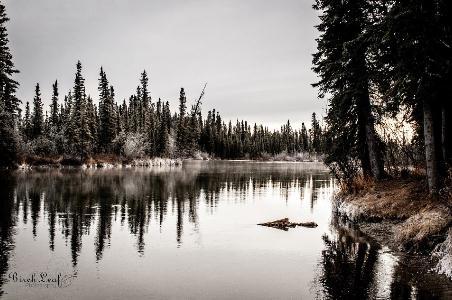
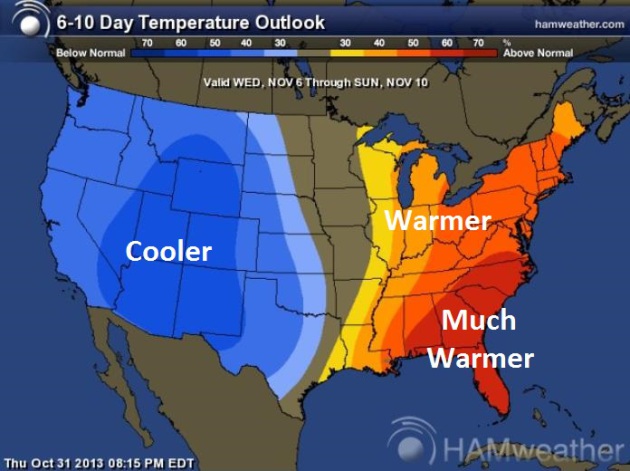
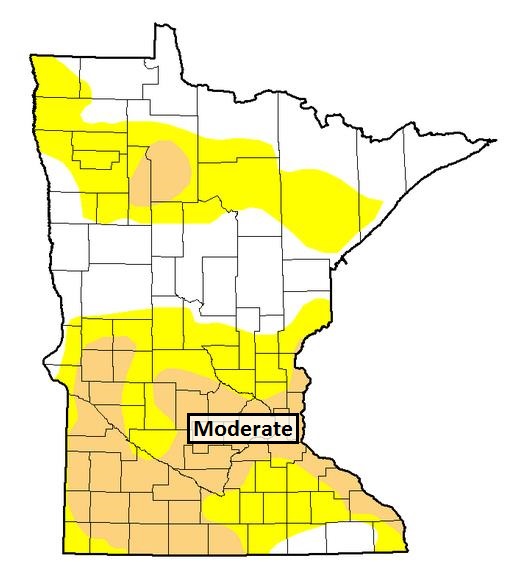

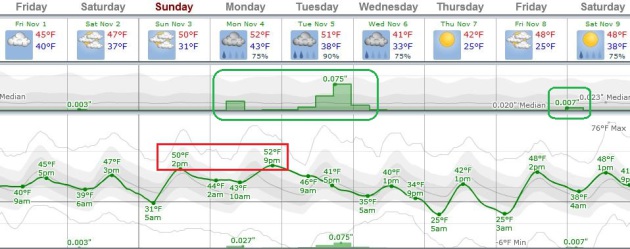

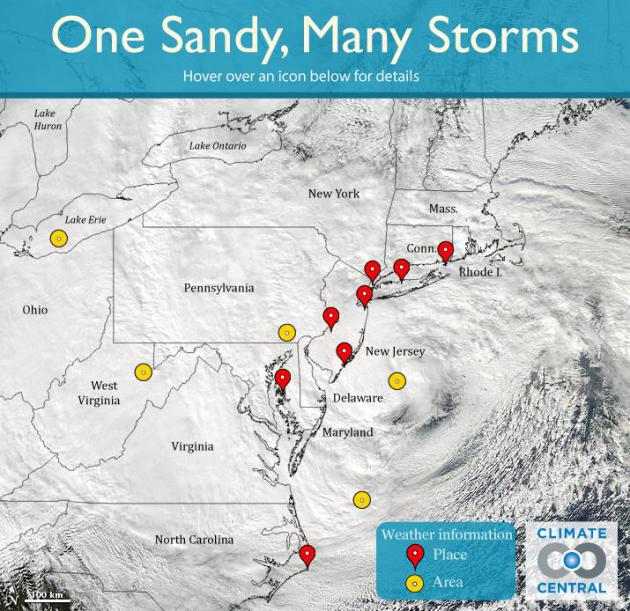
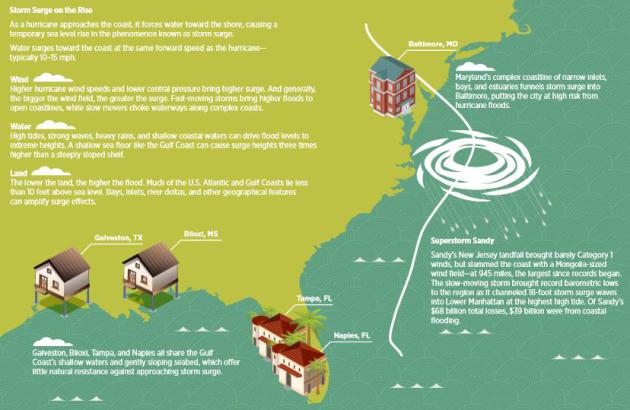
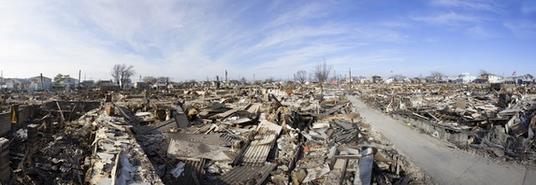


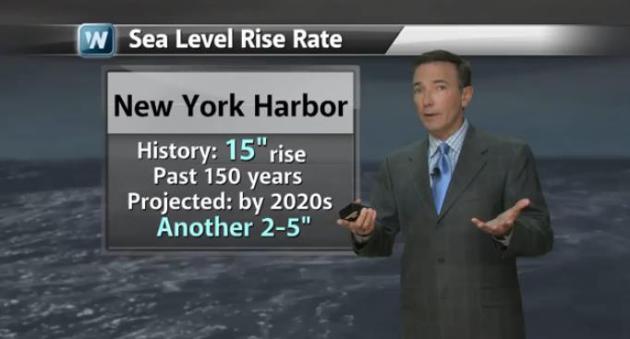

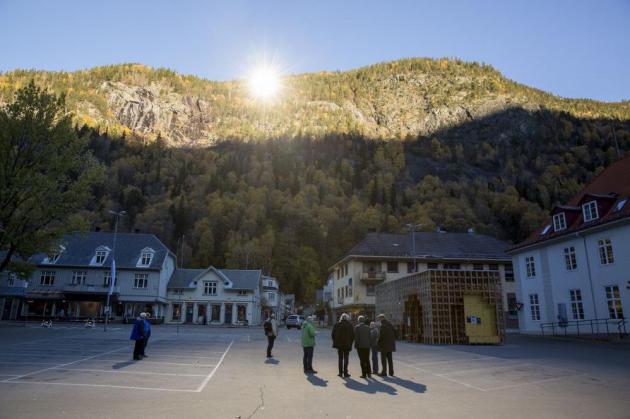


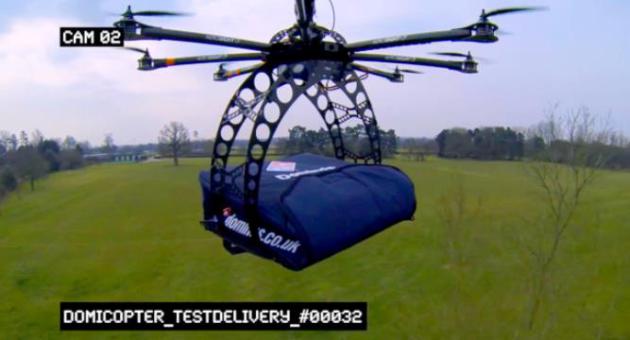

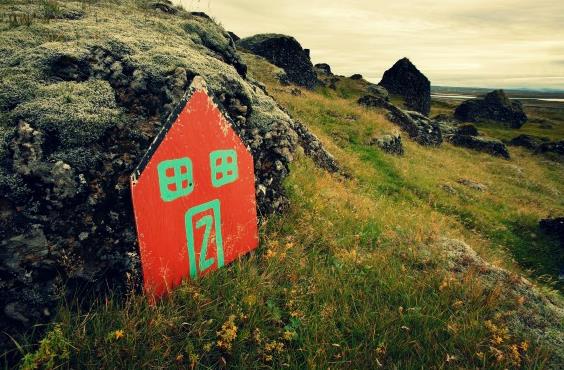

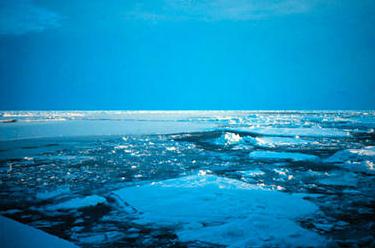

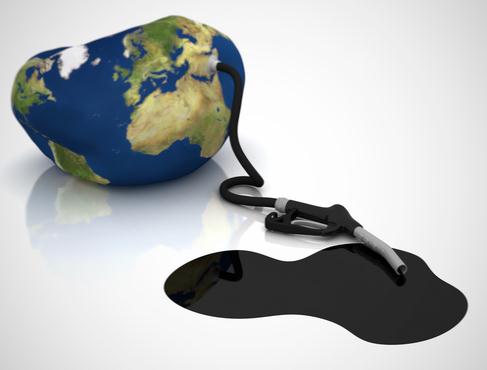
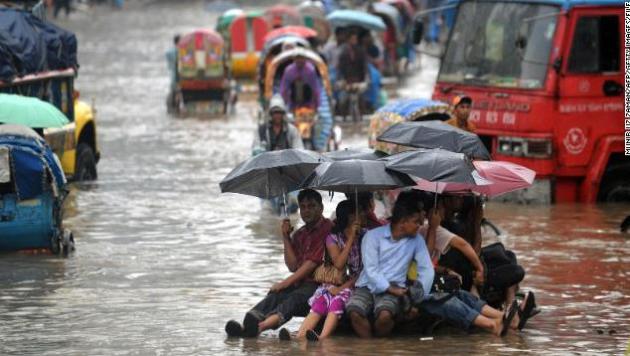
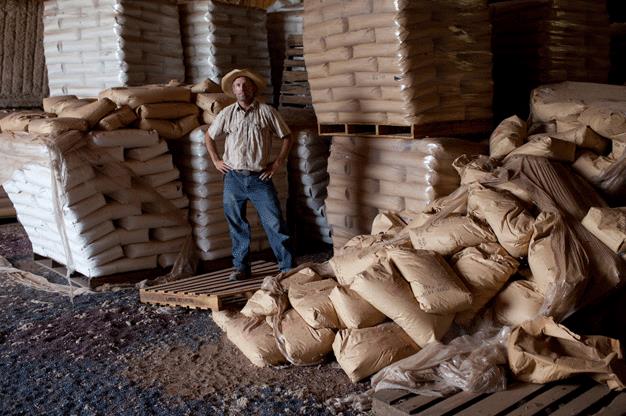

.jpg)
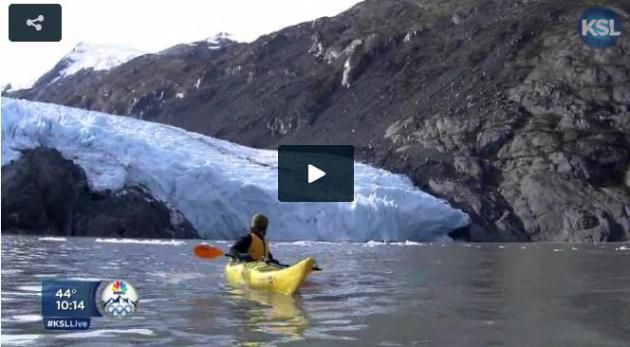
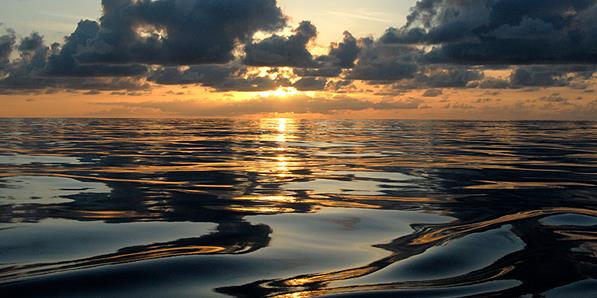
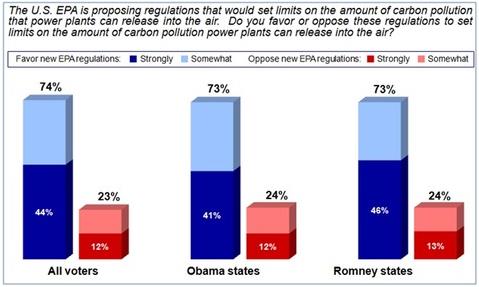
No comments:
Post a Comment